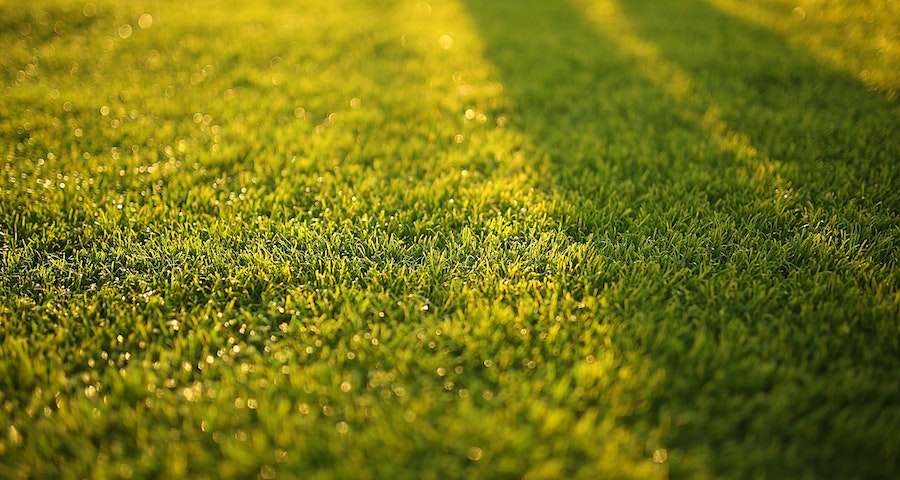
A lush, green lawn does not only look beautiful but also adds aesthetic value to your home. But, maintaining a healthy lawn requires watering it regularly, which can be challenging for some people. Watering your yard too much can drown plants and grass while watering too little can cause plants to wilt and die. Moreover, wasting water through inefficient irrigation methods can significantly increase your utility bills.
In this blog post, we’ll provide you with five useful tips for watering your lawn. Follow these tips for a healthy, green lawn all year round.
Contents
Water in the Morning
Watering your lawn in the morning is the best time to do it because the air is cooler, and the water will evaporate less. Moreover, morning watering allows your lawn to dry out during the day so that it doesn’t breed fungi and other diseases overnight. Early morning irrigation is essential for warm climates, while cooler climates can also benefit from late morning watering.
Water Deeply
When watering your lawn, aim for deep, infrequent watering, which encourages plant roots to grow deeper into the soil. Shallow watering promotes surface growth, which can lead to weak plants or a shallow root system. Deep watering encourages roots to grow deeper in search of water, making your plants more resilient to drought and disease.
Use a Soaker Hose or Drip Irrigation System
Soaker hoses or drip irrigation systems are more efficient than overhead sprinklers because they deliver water directly to the roots, minimizing evaporation and runoff. These systems are also cheaper in the long run because they use less water and help reduce your utility bills.
Avoid Over Watering
Overwatering your lawn can be as bad as underwatering it. When you give your grass and plants too much water, you can suffocate the roots and create a breeding ground for pests and diseases. To avoid overwatering, water your lawn only when it needs it, and always check the soil moisture before turning on your irrigation system.
Adjust Your Watering Schedule
Your lawn’s watering needs vary depending on the season, temperature fluctuations, and rainfall. During hot summers, you may need to water your lawn more often than usual to prevent it from drying out. In contrast, during spring and autumn, you can reduce your watering frequency because the cooler temperatures and mild weather reduce evaporation rates.
Conclusion:
Watering your lawn may seem like a daunting task, but it doesn’t have to be. Following these tips will help you save water, reduce utility bills, and keep your lawn healthy and green. Remember to water your lawn in the morning, water deeply, avoid overwatering, use a soaker hose or drip irrigation system, and adjust your watering schedule according to the weather. These simple tips will help keep your lawn looking its best all year round.
